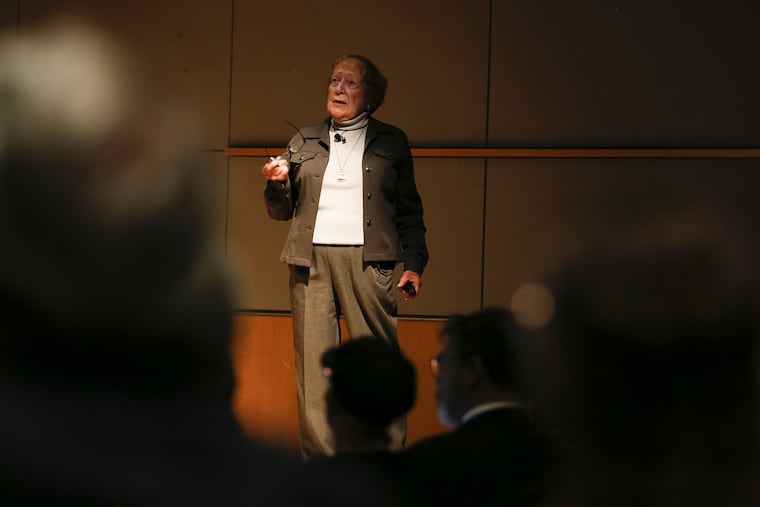History repeats: When America turned away refugees
In 1939, Ronnie Breslow of Elkins Park was an 8-year-old passenger aboard the St. Louis, the ship of 937 Jewish refugees that in flight from Nazi Germany was infamously turned away by the United States, Canada and Cuba.
